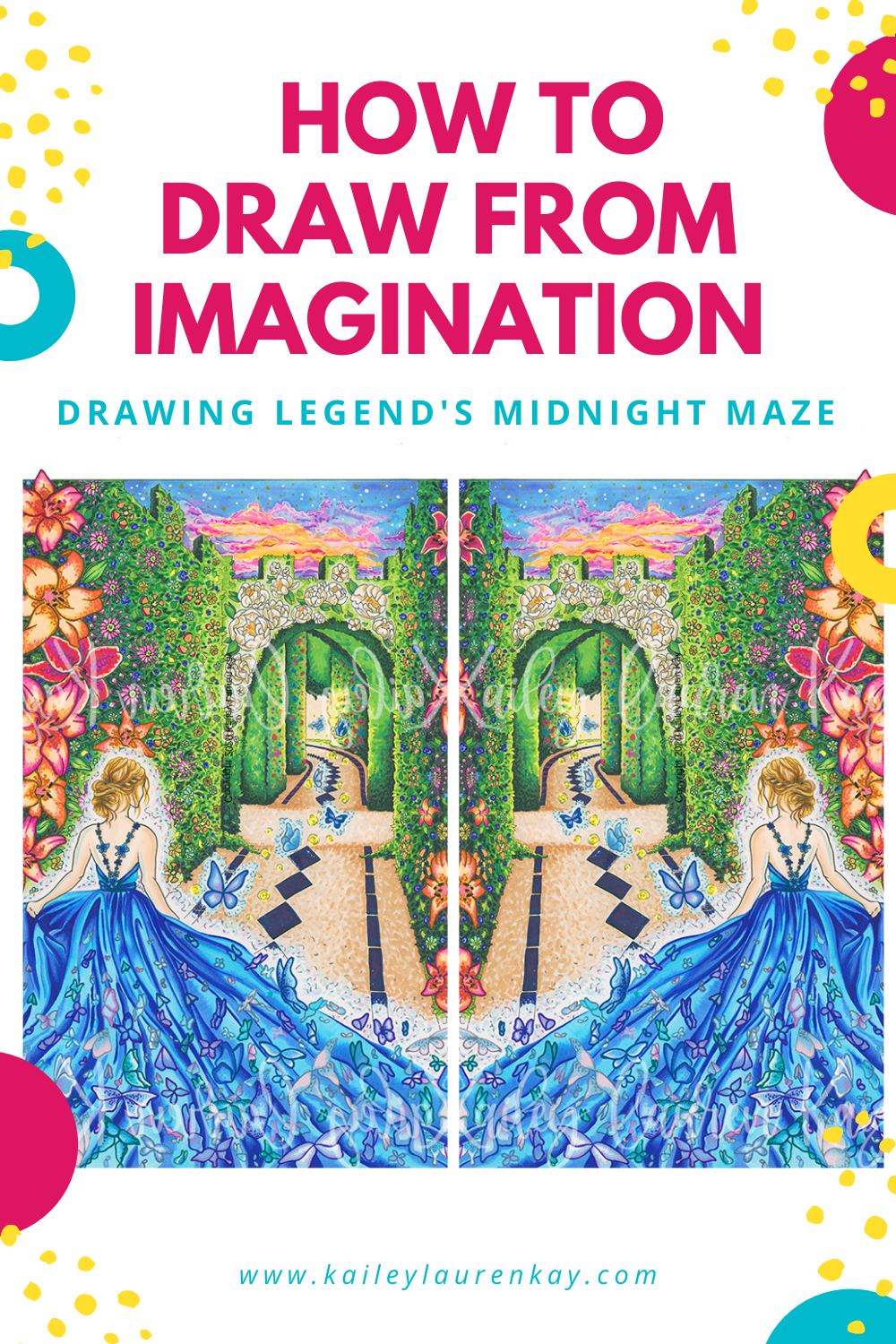As my friend, Brandon would say, “let’s face the facts here.” Creating photorealistic art is not easy. Whether you’re drawing, painting, or sculpting, I personally consider photorealism to be the ultimate art challenge and mastery of an artistic skill.
Since we spend so much of our time taking the world in through our eyes, it seems like we should have an endless database of images to choose from. However, I find unless you’re one of the few people blessed with a true photographic memory, there’s quite a bit more involved. Sure we see a lot of things, but when was the last time you really put energy into looking at something? That’s what I thought.
The number one, extra special, top-secret about photorealistic drawing involves absolutely no drawing. If you want to draw realism or even semi-realism, the most important skill to practice, first, last, and above all is observation.
That’s right, I said it, observation! You can’t recreate something until you know what it looks like. Remember when I asked you about the last time you really looked at something? This is an activity you’re definitely going to want to take up & I promise it will completely change the game.
5 Tips for Practicing Observational Drawing
Shape
Our world is three-dimensional. Even very tiny, or very thin items have some dimension. The image you’re going to put down on paper will be two-dimensional, but in order to make it look real, you’ll have to adjust your drawing to simulate its form.
Consider this. If you look at a chair in real life, it will look different from every angle. You probably haven’t thought much about this, after all, it’s still a chair. However, if you took 10 photos of that chair all from different angles and traced the outline, the two-dimensional shapes would be different in every image. Those shapes and the angle from which you chose to draw them will play a huge role in making your art look realistic.
Let’s do an exercise. Sit down and look around the room. Pick an item and write down every detail you can come up with about its shape. Now keep looking at that item but move around the room. Sit down somewhere else & repeat the last step. How does your new perspective change the shape or angle of that item? Try getting closer, then farther away. Get a step ladder and look down on it, then lay on the floor, and look up at it. Spending time deeply observing from a variety of perspectives will help you understand shapes and forms and make it easier for you to recreate them in your artwork.
Light
Light, or rather, the way light hits the items around us plays a huge role in making them look real. Often things may seem to have lines, but in reality, it’s just a place where the light hits a shadow on the item. A round item will react to light differently than a cube-shaped item. Something made out of a matte material will interact with light differently than something made out of chrome.
Consider this. If you look at a tree from far away, you will get an idea of how the light is interacting with it as a whole. But, the closer you get, you start to realize that the light hits every single leaf, branch, and bark shaving differently. Due to the organic nature of trees, no two will be the same. This light can also change minute by minute as the sun rises and sets, or clouds come in to block and filter the light. Taking note of every minute detail will help you formulate a clear image.
Try this exercise. Pick something in the room and stare at it for a while. Write down every detail about where there are highlights, where there are shadows, and where there are variations in between. Note which lines are part of the item and which are shadows meeting light. Now change the light in the room, close the blinds and turn on a lamp and do this exercise again to see how the new lighting changed the appearance. Repeat this exercise with different items made from different materials and note the results.
Texture
Texture is a big part of what makes the things around us unique and identifiable. From the fur on your dog to the bark on the tree outside your window. When it comes time to render these items, the texture is very important.



























